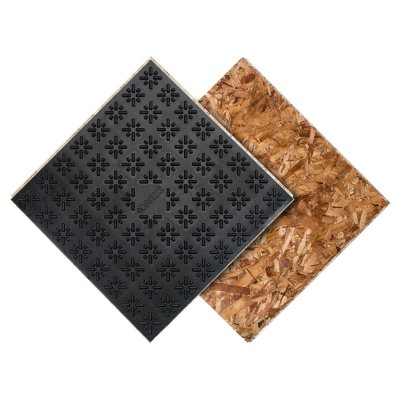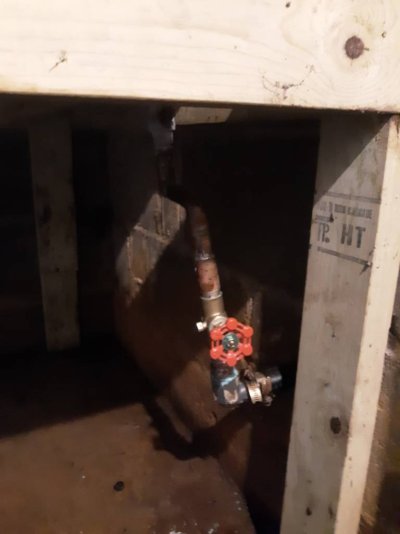Installed a new water heater at home.
My old one lasted 29 years (5 year warranty). I doubt this one will last as long, but I bought a 12 year warranty one to replace the old one.
I noticed a wet spot underneath the old water heater and sure enough there was water leaking slowly from the bottom.
I placed the new one on foam board to get it off the concrete floor and hopefully reduce corrosion.
The biggest complication was getting the black pipe gas supply line aligned with the gas valve port. Fortunately there was a stub on the pipe that was the right length to make up the difference in height off the floor. After switching some fittings around I got it hooked up and we had hot water again. I understand why people go for the flexible gas lines.
Minnesota code just allowed flexible lines off the water heater in the 2016 code adoption. At the same time they also require Union fittings so that you can easily remove a water heater without cutting pipes. The plumber who installed the old one was smart enough to have put those on 25 years before code required it.
I also upgraded to a ball valve to turn the water off, I just hate the multi turn stop valves. I had to sweat some new fittings on because the new water heater was 12” taller than the old one.
My old one lasted 29 years (5 year warranty). I doubt this one will last as long, but I bought a 12 year warranty one to replace the old one.
I noticed a wet spot underneath the old water heater and sure enough there was water leaking slowly from the bottom.
I placed the new one on foam board to get it off the concrete floor and hopefully reduce corrosion.
The biggest complication was getting the black pipe gas supply line aligned with the gas valve port. Fortunately there was a stub on the pipe that was the right length to make up the difference in height off the floor. After switching some fittings around I got it hooked up and we had hot water again. I understand why people go for the flexible gas lines.
Minnesota code just allowed flexible lines off the water heater in the 2016 code adoption. At the same time they also require Union fittings so that you can easily remove a water heater without cutting pipes. The plumber who installed the old one was smart enough to have put those on 25 years before code required it.
I also upgraded to a ball valve to turn the water off, I just hate the multi turn stop valves. I had to sweat some new fittings on because the new water heater was 12” taller than the old one.


